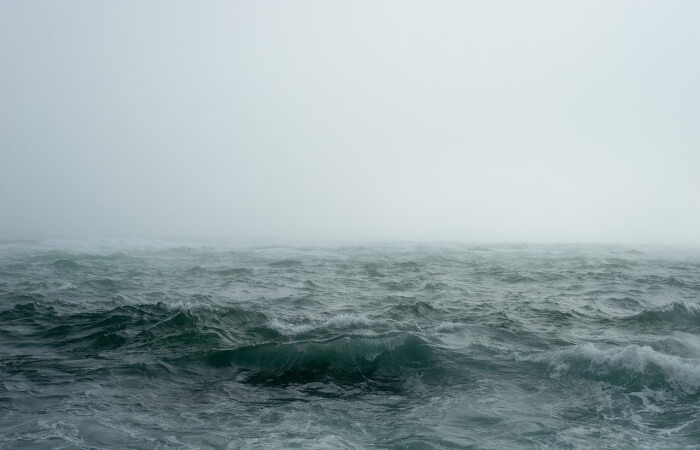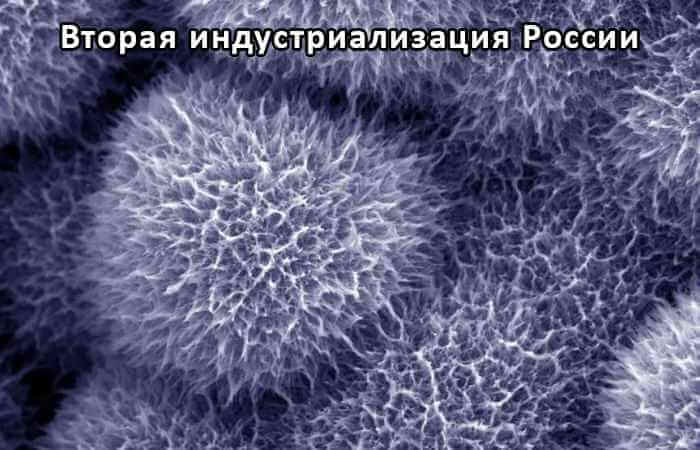Turboprop

Turboprop.
Turboprop is a auxiliary ship propulsion, wind energy, based on the Magnus effect. Externally is a hollow rotating cylinder, similar to the chimney and mounted on the deck of the ship.
Turboprop:
Turboplus is ship auxiliary propulsionthat uses the energy of the wind, on the basis of the Magnus effect. Externally is a hollow rotating cylinder, similar to the chimney and mounted on the deck of the ship.
The source of the movement of the vessel, mounted with turbopause a wind is clean, free, renewable source of energy.
The principle of operation of turbopause is as follows. Rotating turboprop in the environment created around vortex motion. On one side of turbopause (cylinder) direction of the vortex coincides with the flowing direction of wind flow and, accordingly, creates a low pressure environment and the velocity of the medium on this side increases. On the other side of turbopause (cylinder) direction of the vortex is opposite to the direction of wind flow, creates a high pressure environment and the velocity of the medium decreases. Due to the pressure difference of the medium and the difference of velocities of the environment from different sides of turbopause (cylinder) there is a transverse force directed from the side of the rotating turbopause (cylinder), where the direction of rotation and the direction of wind flow opposite to the side on which these directions coincide, i.e. from the side where the medium pressure more to the side where the pressure is less. This transverse force moves the ship in the direction of the transverse force. In this case, the shear force is approximately 50 times greater than the force of the wind pressure on the stationary cylinder.
Through the use of turbopause possible movement of the vessel and in another given direction, e.g. in opposite direction of wind flow direction.
For the first time turboprops was successfully tested on the schooner “of Buckau” in 1924, the German engineer Anton Flettner.
Then, in the 1980s, oceanographer Jacques-Yves Cousteau was developed and applied complex form of turbopause on your ship “Alsion”, which was established two turbopause to increase the power of diesel engines.
Turboplusdeveloped under the leadership of Jacques-Yves Cousteau, has features in comparison with the usual form. The basis of such turbopause is airfoil, a vertical metal pipe section, close to ovate, with a movable flap (valve) to intake air, which improves the aerodynamic separation of the external and internal surfaces. The pipe supplied a pumping system that pumps in the pipe the air through the valve, creating one side of the sail needed a vacuum. When the outside air begins to flow around turbopause at different speeds, the vehicle starts to move in perpendicular to the pressure direction. Thus, the complex shape of the sail operates as an aircraft wing: from one side the air is slower than the other (and thus the pressure from this side more than the other), creating a driving force. This turboprop allows to always obtain the driving force in the desired direction regardless of the direction of the wind and move the ship against any wind due to the energy from the pressure difference created by swirling air inside of the sail and beyond.
Turboplus allows the ship to save fuel, according to various estimates, from 10 to 35 %. The number of installed on the ship of turbopause also affects the cost of the ship fuel.

© http://www.shipspotting.com/gallery/photo.php?lid=1464301
Currently, four turbopause a simple form, as the auxiliary thrusters, installed on a German cargo ship E-Ship 1. Savings of fuel up to 10 %.
Note: © Photo , , http://www.shipspotting.com/gallery/photo.php?lid=1464301



